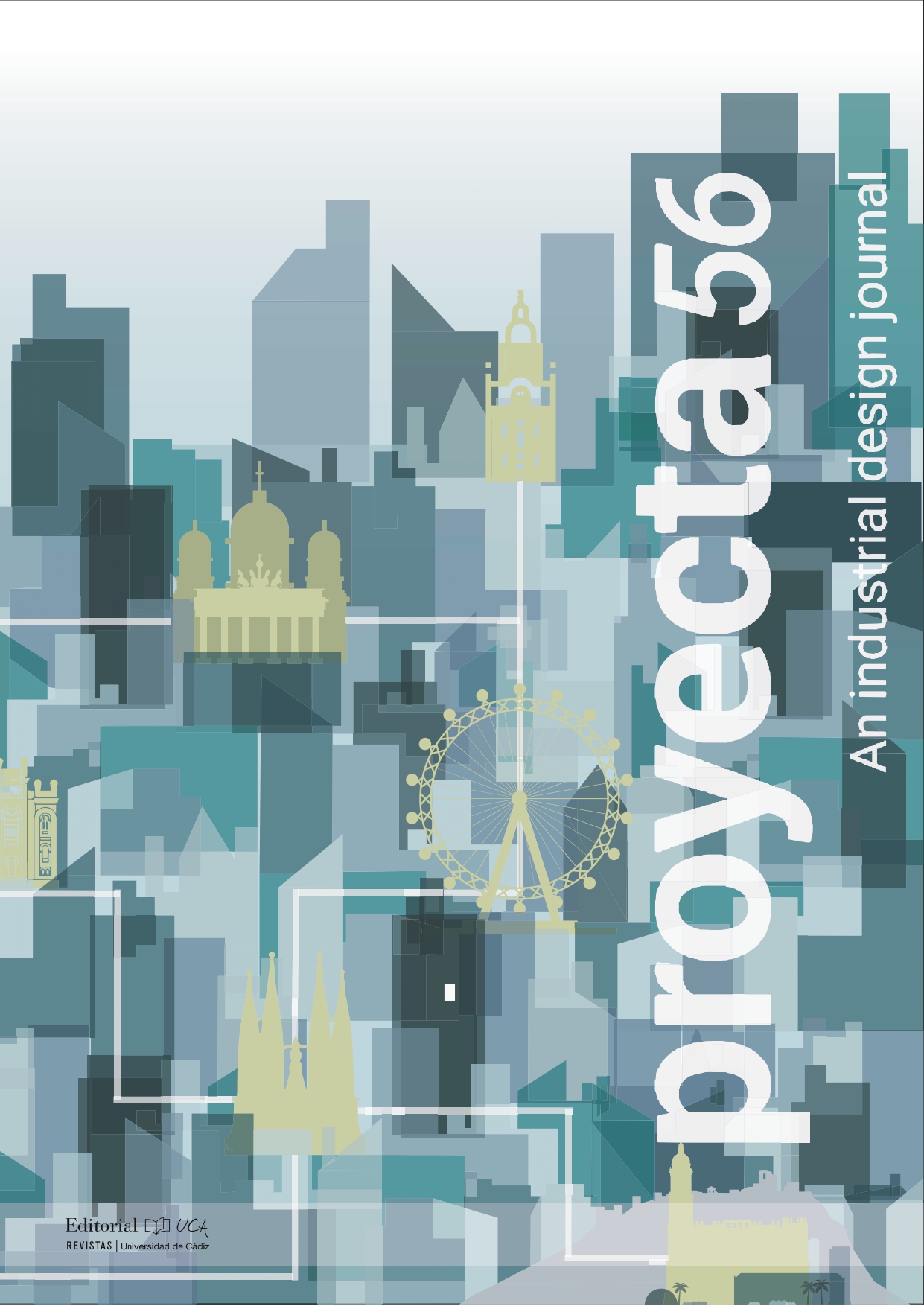Symbotic design and natural systems.
Biotechnical methodologies and Biomorphic methodologies
Abstract
The text examines the application of operational knowledge from biological systems in project practice. It distinguishes between biotechnical methodologies, which adapt the structures and functions of natural systems to technological systems, and biomorphic methodologies, which draw inspiration from nature for aesthetic and formal design evolution. The concept of "Symbiotic Design" is introduced to identify symbiotic processes in biology and apply them to integrated technological system design.
The historical development of biotechnical methodologies is explored, starting with Leonardo da Vinci's early applications, and the contributions of Francé, Kiesler, and Gueddes in their systematization are mentioned. Recent disciplines like structural morphology and bionics have further advanced these approaches in architecture, engineering, and design studies. Additionally, functionalism in design is analyzed, emphasizing the importance of the relationship between form and function and drawing parallels between the evolution of design and biological evolution. The concept of progress and evolutionism is also examined in relation to technological advancements and the influence of evolutionary theories on social systems.
Various methodologies and their contributions to design and technology are covered, considering the potential of symbiotic design to shape the future of integrated technological systems.
Downloads
How to Cite
License
This Journal is under a Creative Commons License Attribution-NonCommercial-NoDerivs 4.0 International.







